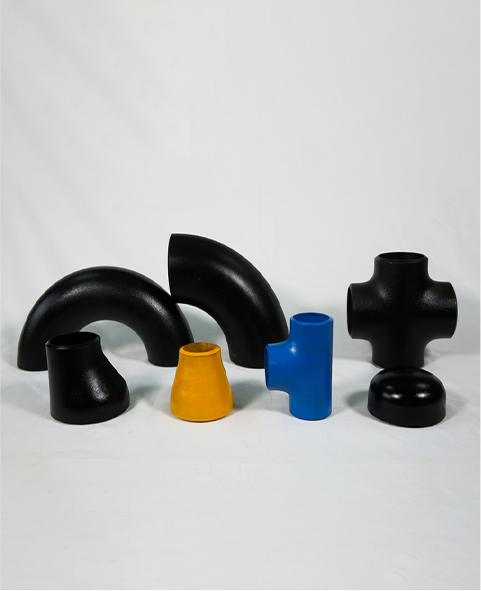-
Cangzhou Yulong Steel Co., Ltd.
-
Phone:
+86 13303177267 -
Email:
admin@ylsteelfittings.com
- English
- Arabic
- Italian
- Spanish
- Portuguese
- German
- kazakh
- Persian
- Greek
- French
- Russian
- Polish
- Thai
- Indonesian
- Vietnamese
- Zulu
- Korean
- Uzbek
- Hindi
- Serbian
- Malay
- Ukrainian
- Gujarati
- Haitian Creole
- hausa
- hawaiian
- Hebrew
- Miao
- Hungarian
- Icelandic
- igbo
- irish
- Japanese
- Javanese
- Kannada
- Khmer
- Rwandese
- Afrikaans
- Albanian
- Amharic
- Armenian
- Azerbaijani
- Basque
- Belarusian
- Bengali
- Bosnian
- Bulgarian
- Catalan
- Cebuano
- China
- China (Taiwan)
- Corsican
- Croatian
- Czech
- Danish
- Esperanto
- Estonian
- Finnish
- Frisian
- Galician
- Georgian
- Kurdish
- Kyrgyz
- Lao
- Latin
- Latvian
- Lithuanian
- Luxembourgish
- Macedonian
- Malgashi
- Malayalam
- Maltese
- Maori
- Marathi
- Mongolian
- Myanmar
- Nepali
- Norwegian
- Norwegian
- Occitan
- Pashto
- Dutch
- Punjabi
- Romanian
- Samoan
- Scottish Gaelic
- Sesotho
- Shona
- Sindhi
- Sinhala
- Slovak
- Slovenian
- Somali
- Sundanese
- Swahili
- Swedish
- Tagalog
- Tajik
- Tamil
- Tatar
- Telugu
- Turkish
- Turkmen
- Urdu
- Uighur
- Welsh
- Bantu
- Yiddish
- Yoruba

Aug . 12, 2024 12:24 Back to list
Exploring the Benefits and Applications of Open Impellers in Fluid Dynamics Systems
Understanding Open Impellers Design, Functionality, and Applications
Open impellers are a critical component in various fluid dynamics applications, particularly within pumps and turbines. Their design and functionality play a significant role in the efficiency and effectiveness of fluid transportation in industrial processes.
What is an Open Impeller?
An open impeller consists of blades that are not enclosed by a shroud, differing from closed impellers which have a solid casing around them. The absence of a shroud allows for a more straightforward fluid flow into and out of the impeller, making open impellers particularly effective for handling fluids that contain large solid particles or have a high viscosity. This design is advantageous because it minimizes the possibility of clogging and ensures efficient movement of the fluid.
Design Features
The design of open impellers is characterized by several key features
1. Blade Configuration Open impellers typically have fewer blades compared to closed variants. This allows for an increased flow area and helps in managing larger solids present in the fluid.
2. Material Selection Given their usage in handling aggressive and abrasive fluids, open impellers are crafted from materials that resist wear and corrosion. Common materials include stainless steel, bronze, and various plastic composites.
3. Size and Shape The size of an open impeller can vary widely based on its application. Larger impellers are used in industrial settings, while smaller variants may be found in residential equipment.
4. Performance Metrics Open impellers are designed to provide a high flow rate at relatively low heads, making them ideal for specific applications where high pressure is not a primary concern.
open impeller

Functionality
The primary function of an open impeller is to increase the velocity of the fluid, converting mechanical energy from the motor into kinetic energy of the fluid. As the impeller spins, it imparts energy to the fluid, causing it to flow outward through the vanes. The design allows for effective fluid movement, which is essential in applications such as wastewater treatment plants, agricultural irrigation systems, and certain manufacturing processes.
Advantages of Open Impellers
- Handling Solids One of the main advantages of open impellers is their ability to handle solid particles without the risk of blocking, making them ideal for wastewater applications or pumping slurries. - Maintenance Open impellers are often easier to maintain compared to closed ones. Their design allows for more straightforward access for inspection and cleaning.
- Cost-Effectiveness Generally, open impellers can be more economical to construct and operate, especially in applications where high flow rates are necessary, and head pressure is not a critical factor.
Applications
Open impellers are widely utilized across various industries. In wastewater treatment, they efficiently transport mixtures of water and solids, promoting effective filtration and treatment processes. In agriculture, they play a significant role in irrigation systems, ensuring that water is delivered efficiently to crops. Additionally, industries such as food processing and chemical manufacturing benefit from their capabilities to handle viscous materials and slurries.
Conclusion
Open impellers are essential in many fluid dynamics applications due to their unique design and functionality. Their ability to handle solids effectively while providing high flow rates makes them preferable in various industrial and agricultural settings. As technology advances, the design and materials used in open impellers will continue to evolve, further enhancing their efficiency and broadening their applications in the field of fluid mechanics.
Latest news
-
ANSI 150P SS304 SO FLANGE
NewsFeb.14,2025
-
ASTM A333GR6 STEEL PIPE
NewsJan.20,2025
-
ANSI B16.5 WELDING NECK FLANGE
NewsJan.15,2026
-
ANSI B16.5 SLIP-ON FLANGE
NewsApr.19,2024
-
SABS 1123 FLANGE
NewsJan.15,2025
-
DIN86044 PLATE FLANGE
NewsApr.19,2024
-
DIN2527 BLIND FLANGE
NewsApr.12,2024
-
JIS B2311 Butt-Welding Fittings LR/SR 45°/90° /180°Seamless/Weld
NewsApr.23,2024











